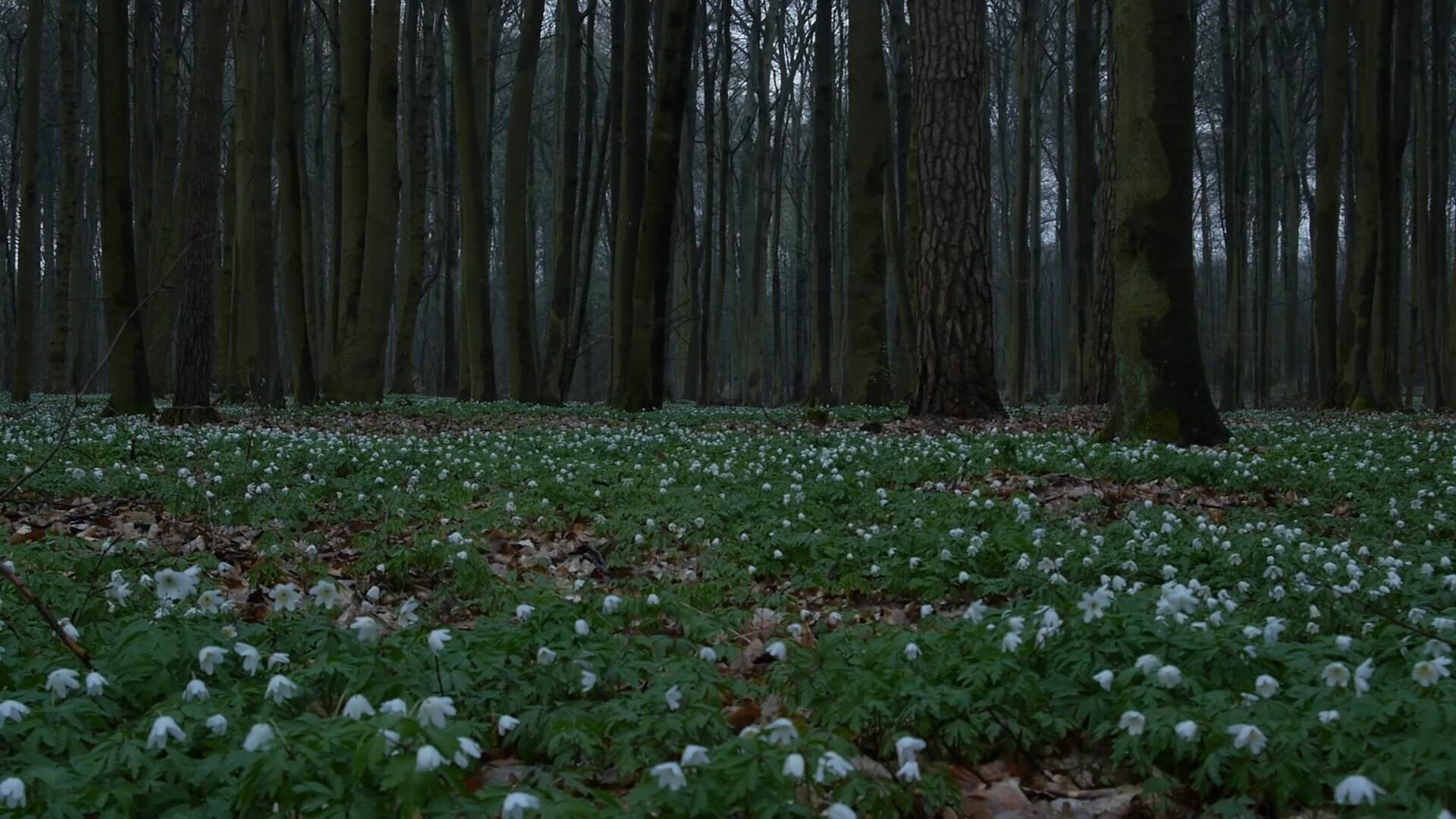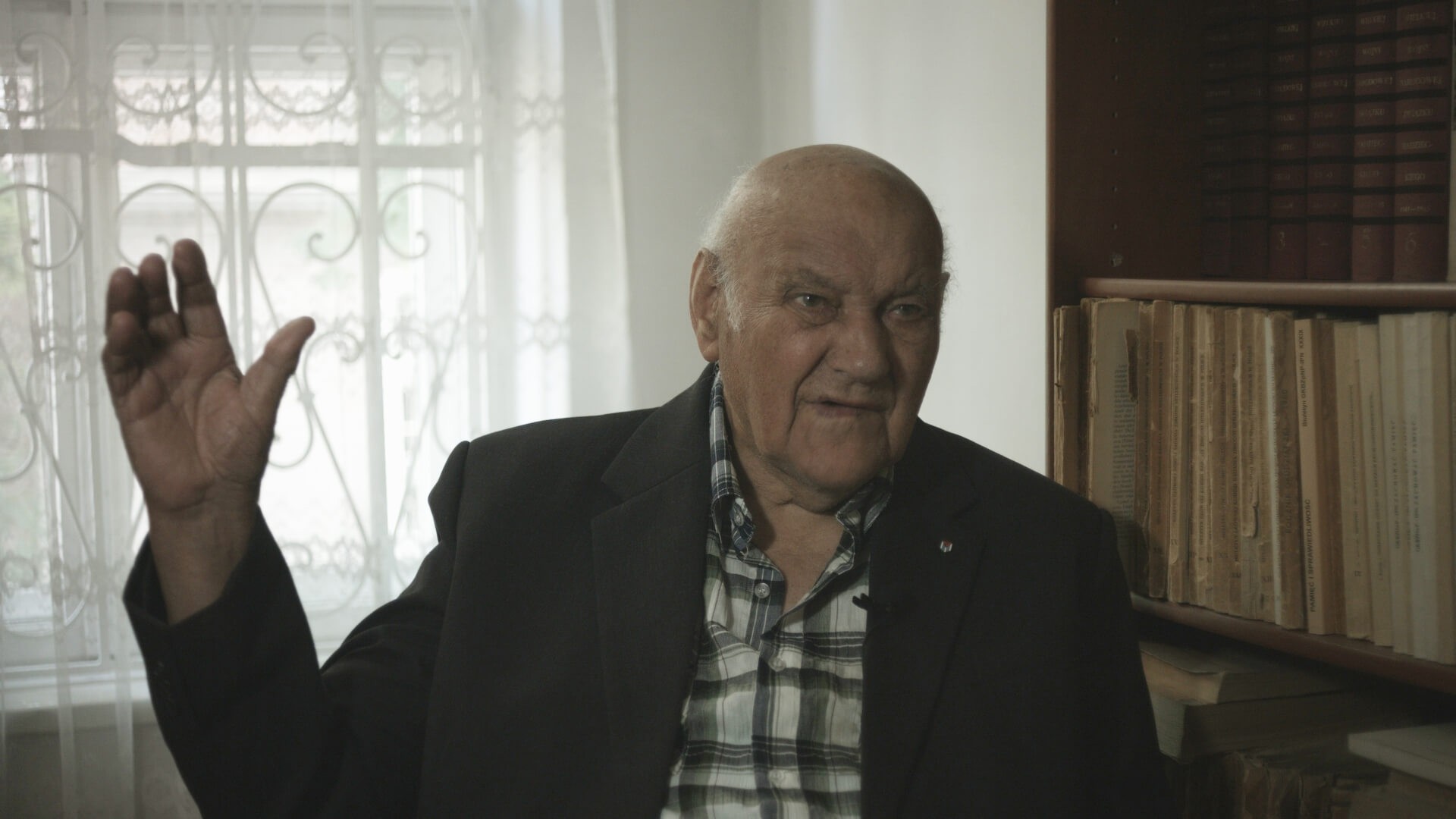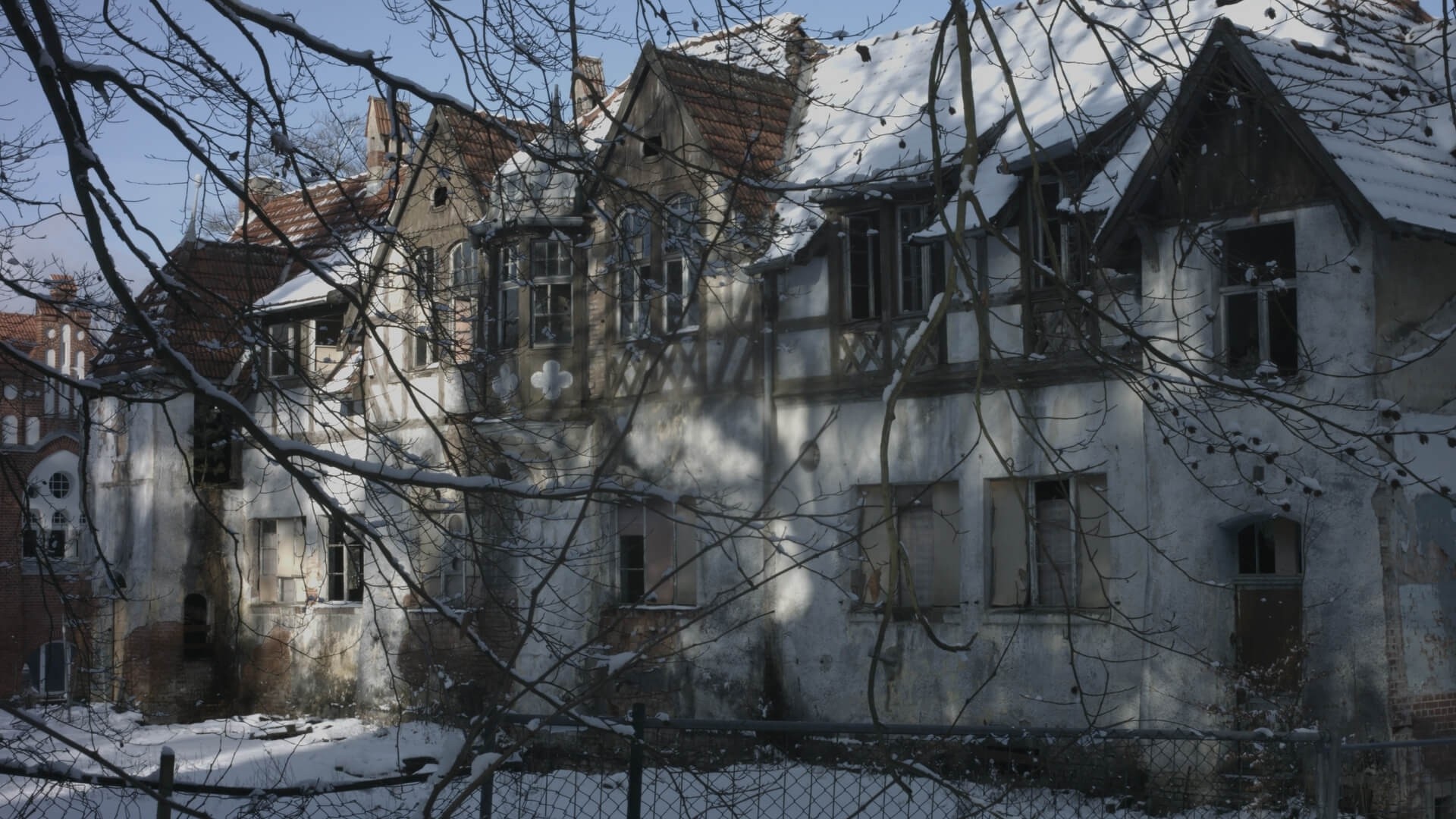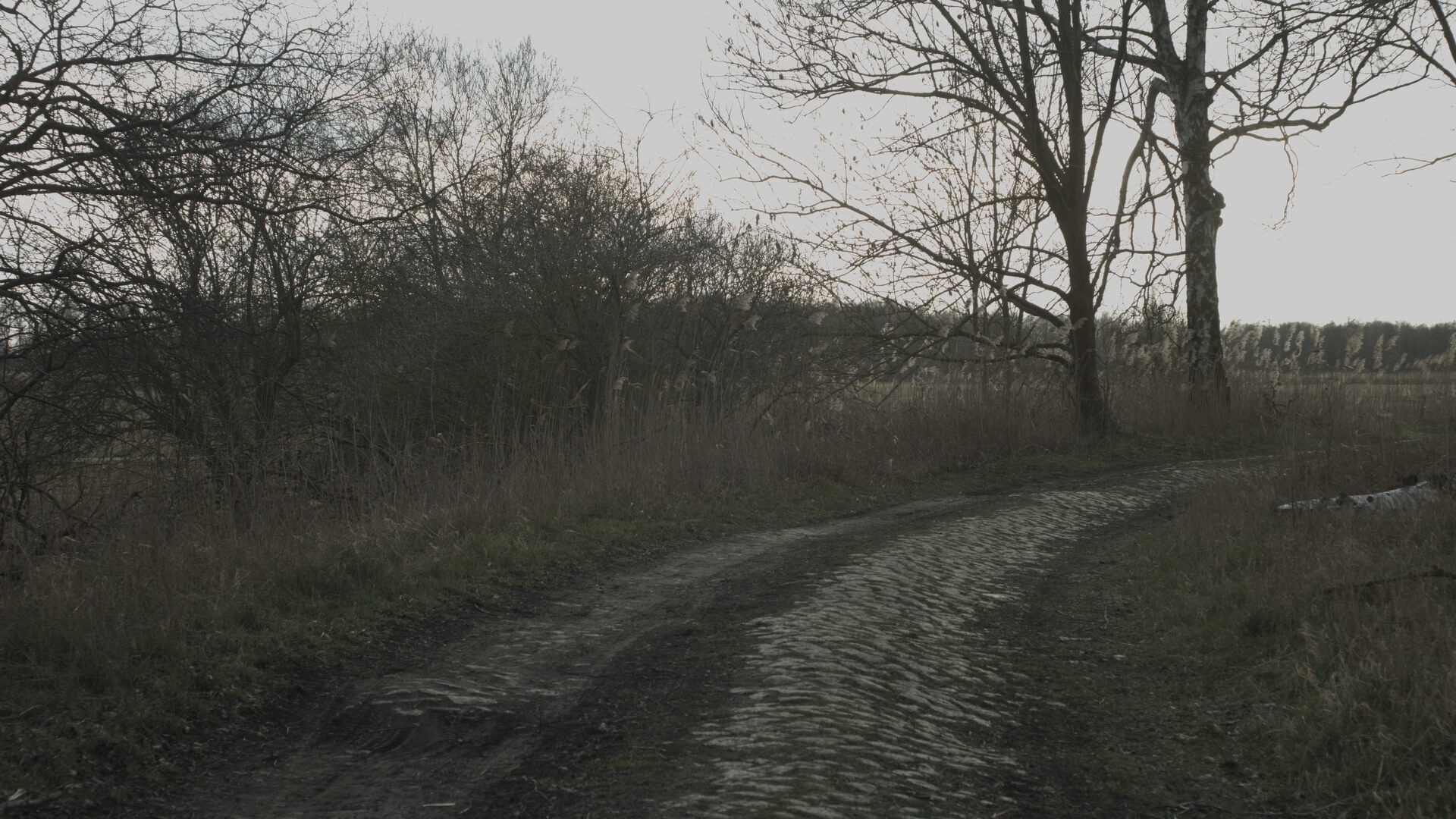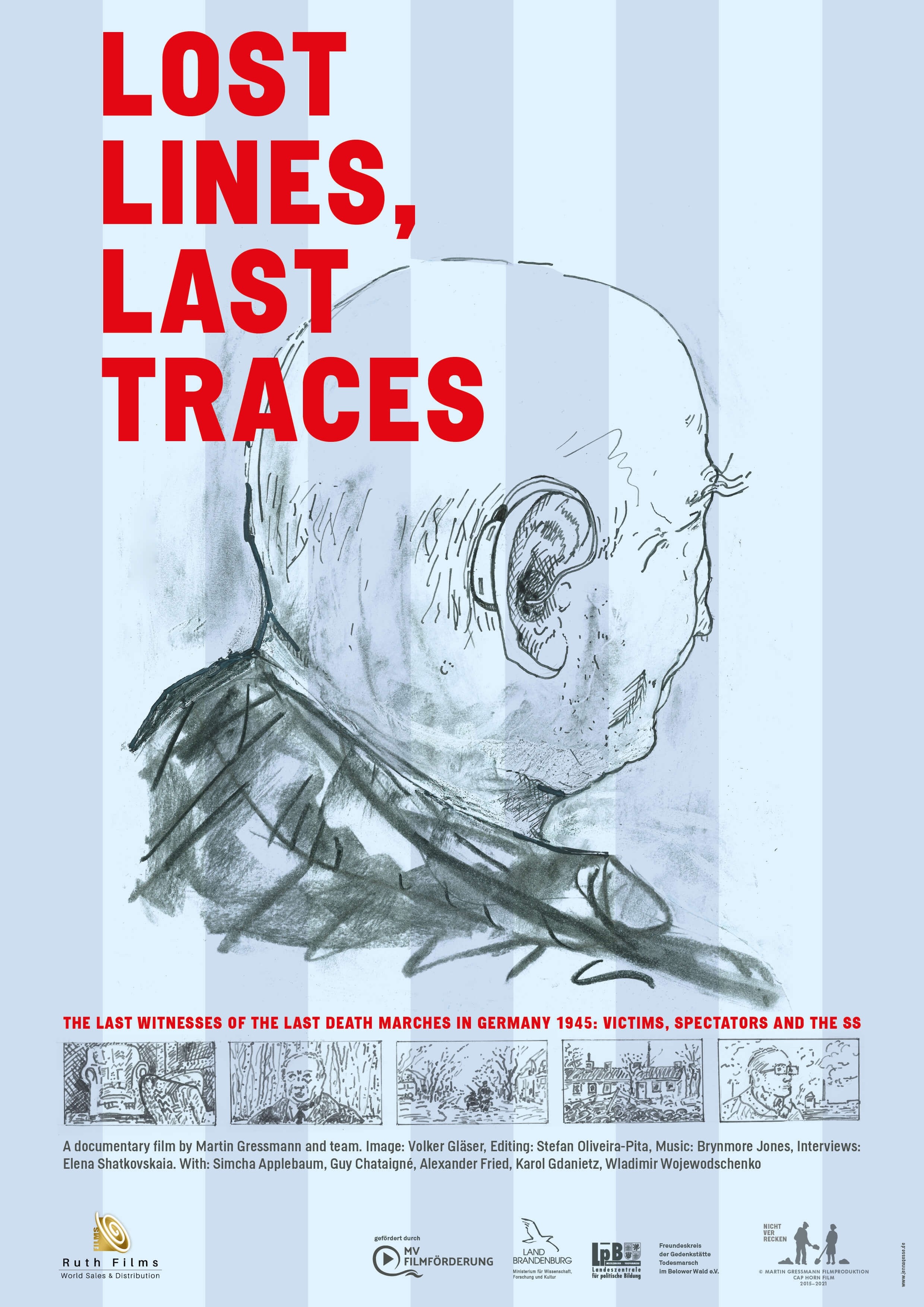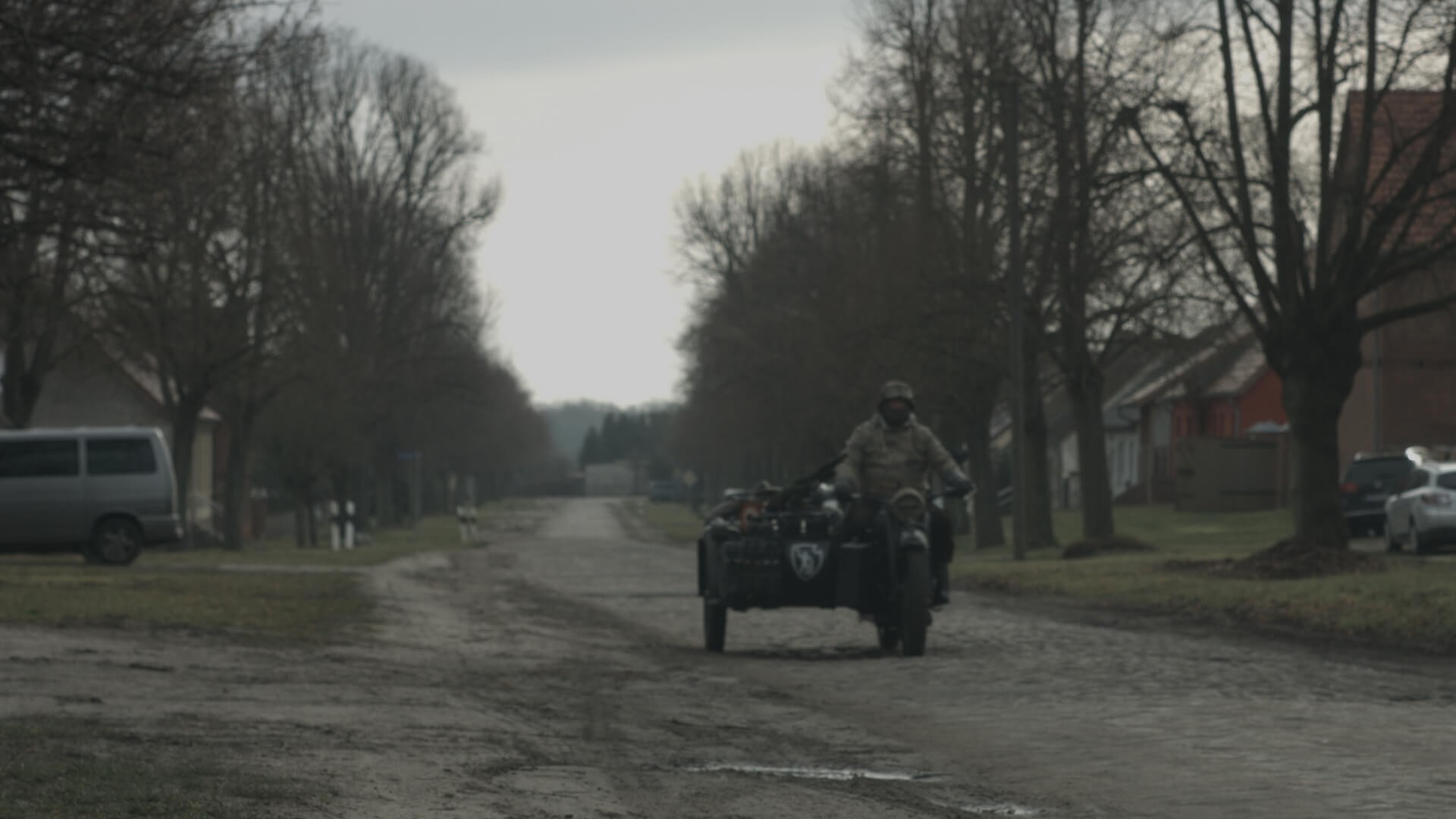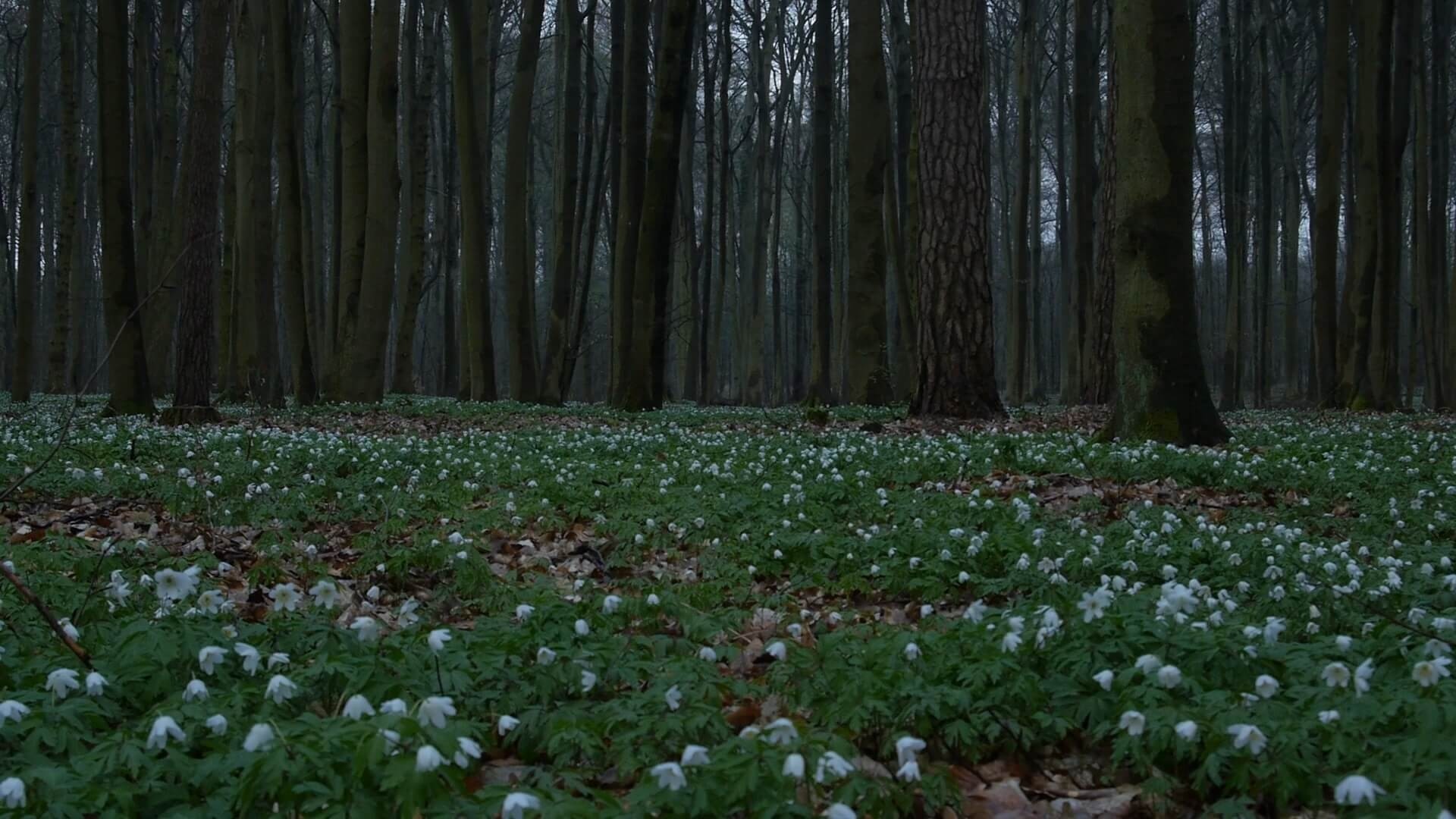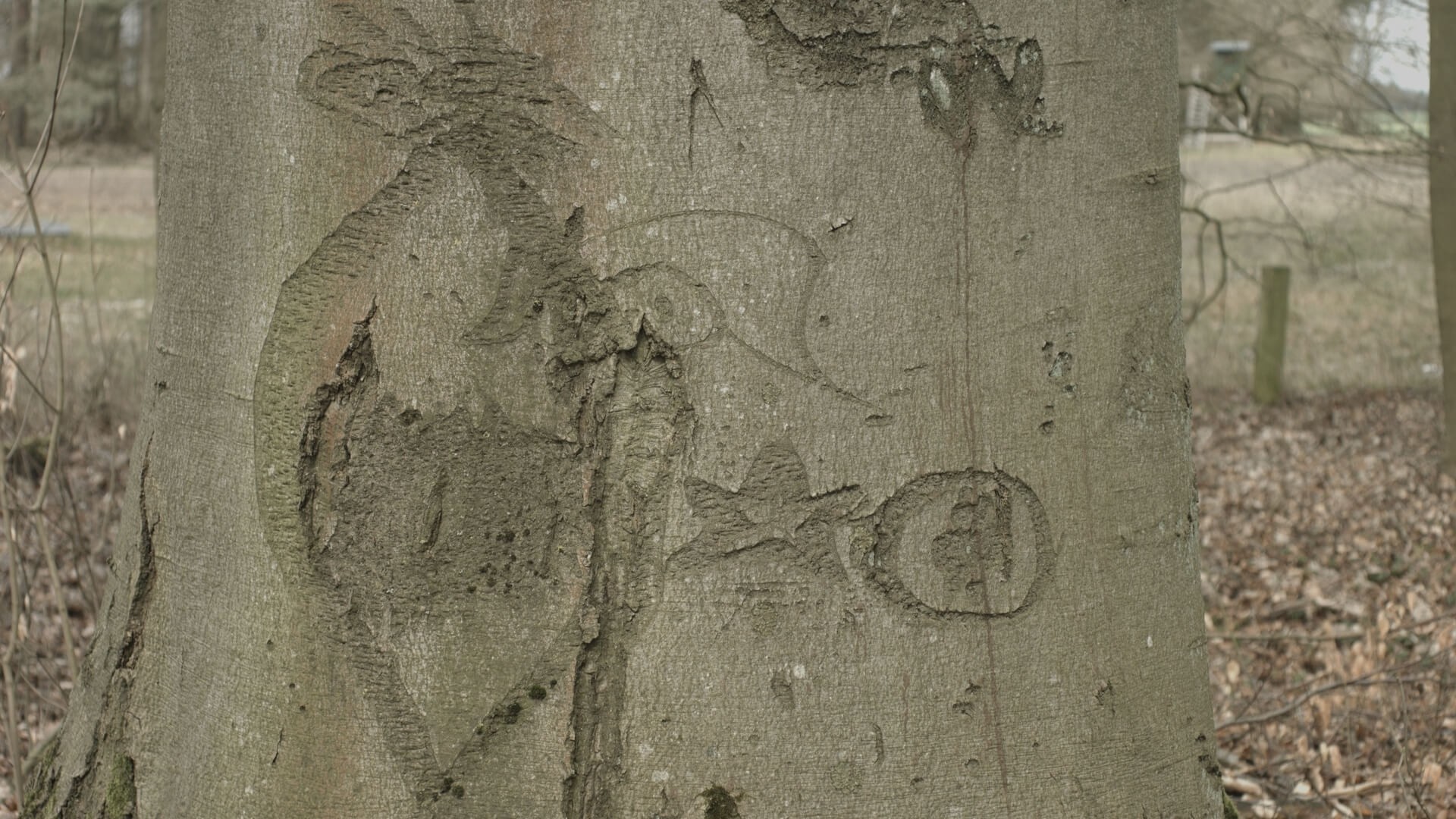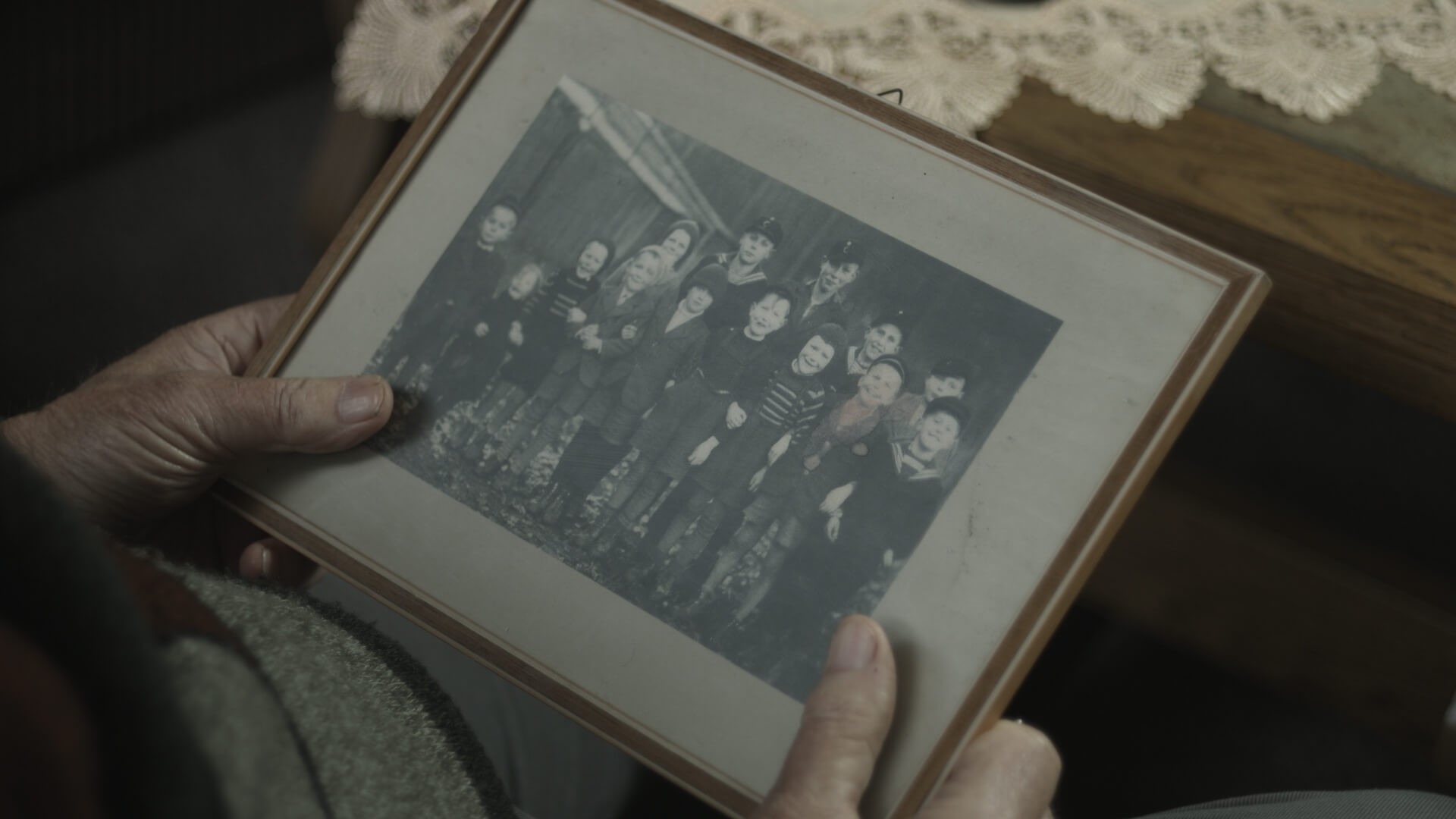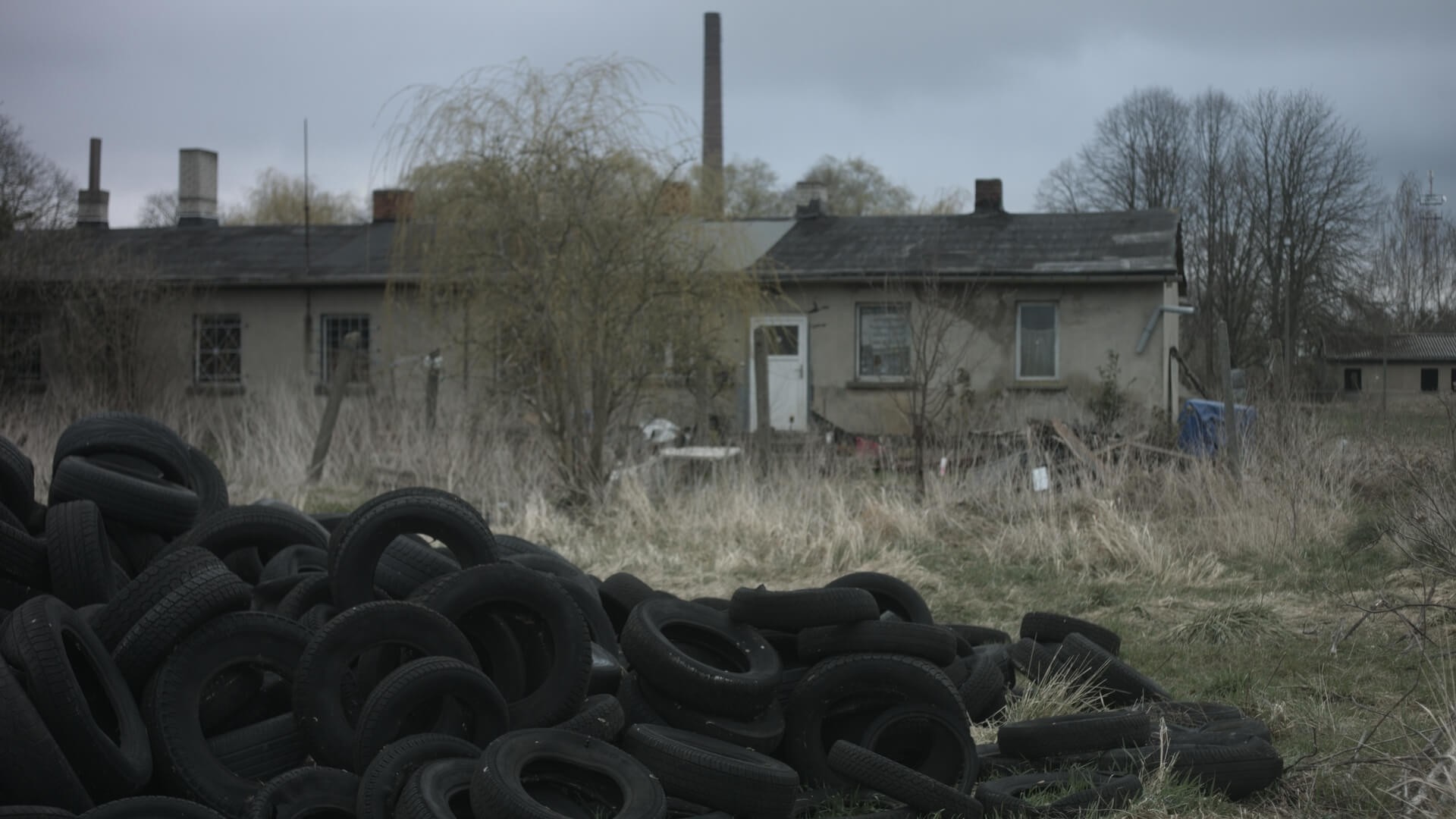Keep walking to escape with on's life... At the beginning of 1945, wherever the front comes close to the concentration camps, prisoners are evacuated in forced treks westward. Inmates from the Sachsenhausen and Ravensbrück camps have to march in long columns up to 25 kilometers per day, without being supplied and guarded by SS soldiers. 40,000 to 45,000 totally debilaterd men and women on death marches. Often in wooden clogs, in inadequete prisinor clothes and without blankets. In early May, survivors of the ordeal are liberated by the Red Army and the U.S. Army in Raben Steinfeld near Schwerin, in Ludwigslust, in Plau am See and even further north.
More than seven decades later, director Martin Gressmann ("Das Gelände- The Grounds 2014“) follows the main routes of the death marches through Brandenburg and Mecklenburg-Vorpommern, where some 200 memorial plaques now stand.
Synopsis
Keep walking to escape with on's life... At the beginning of 1945, wherever the front comes close to the concentration camps, prisoners are evacuated in forced treks westward. Inmates from the Sachsenhausen and Ravensbrück camps have to march in long columns up to 25 kilometers per day, without being supplied and guarded by SS soldiers. 40,000 to 45,000 totally debilaterd men and women on death marches. Often in wooden clogs, in inadequete prisinor clothes and without blankets. In early May, survivors of the ordeal are liberated by the Red Army and the U.S. Army in Raben Steinfeld near Schwerin, in Ludwigslust, in Plau am See and even further...
Awards
- Audience Prize at the Duisburg Film Week
- Mecklenburg-Vorpommern Film Commission Award - Schwerin Art of Cinema Festival
Awards
- Audience Prize at the Duisburg Film Week
- Mecklenburg-Vorpommern Film Commission Award - Schwerin Art of Cinema Festival
